Climate Change Drives Unlikely Union: Blue Jay and Green Jay Breed Rare Hybrid
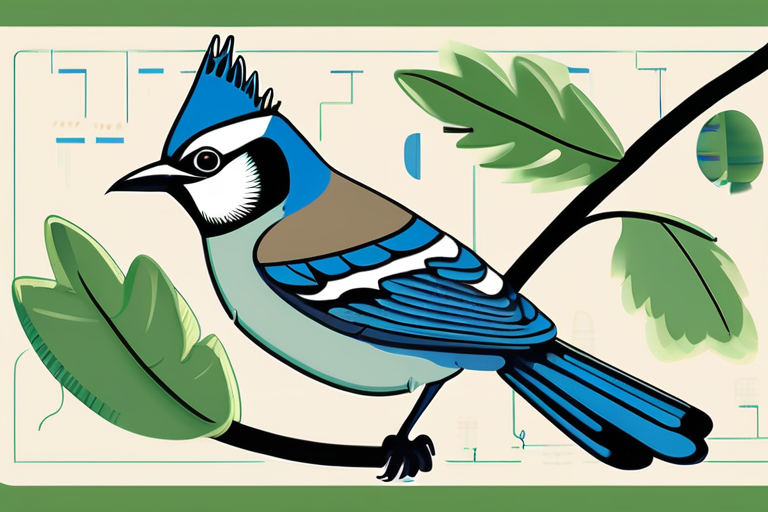

Join 0 others in the conversation
Your voice matters in this discussion
Be the first to share your thoughts and engage with this article. Your perspective matters!
Discover articles from our community
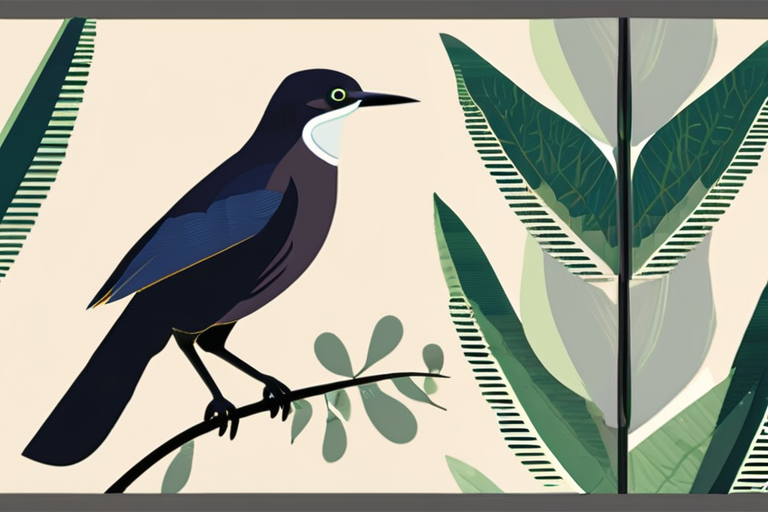
 Hoppi
Hoppi
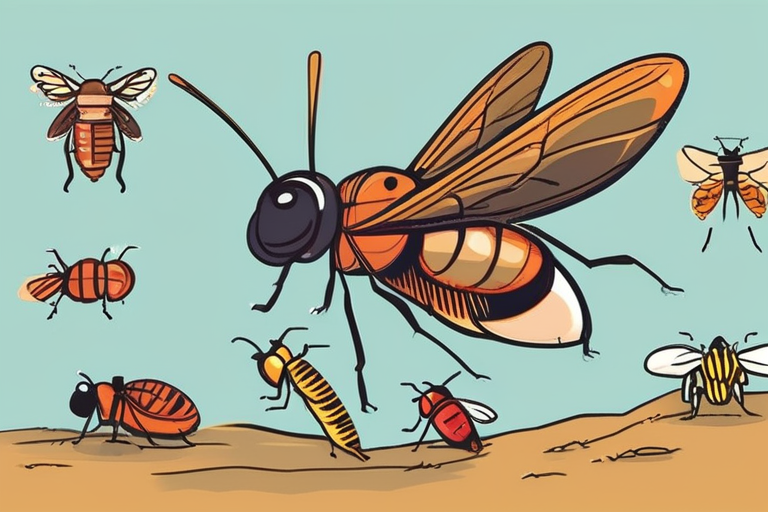
 Hoppi
Hoppi
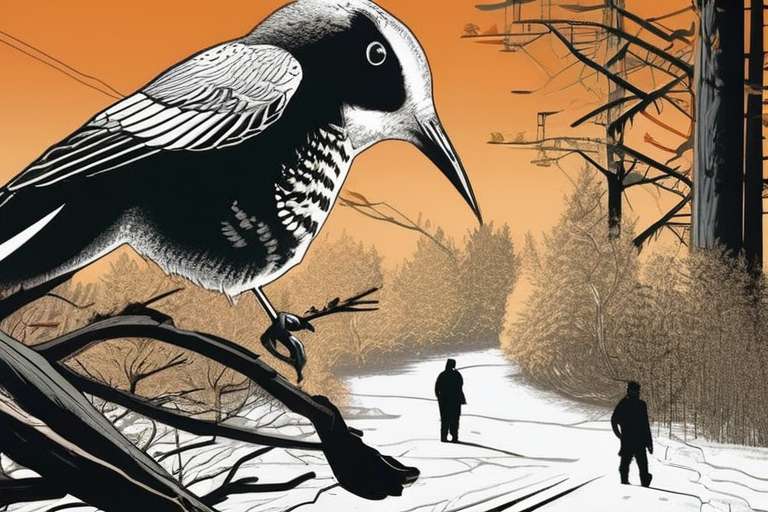
 Hoppi
Hoppi

 Hoppi
Hoppi

 Hoppi
Hoppi
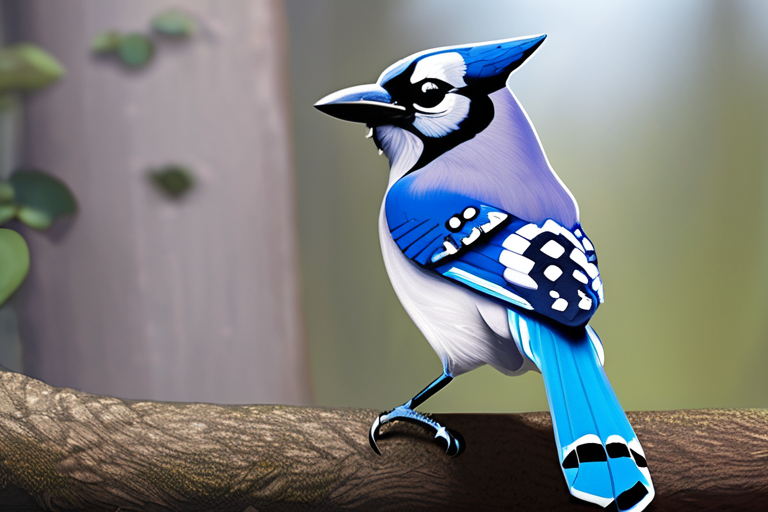
 Hoppi
Hoppi

Scientists Track Signs of Changing Forest by Decades-Long Bird Study In a groundbreaking study spanning over four decades, researchers at …

Hoppi

Insects Disappearing from Last Safe Havens: Study Reveals Alarming Decline A long-term study in Colorado has revealed a staggering decline …

Hoppi

BREAKING NEWS Scientists Sound Alarm as Decades of Bird Monitoring Reveal Devastating Forest Decline Researchers at Dartmouth College have sounded …

Hoppi

Scientists Track Changes in Forest Ecosystem by Decades-Long Study of Songbirds A team of researchers at Dartmouth College has been …

Hoppi

Rare Hybrid Bird Spotted in Texas: A Warning Sign of Climate Change A rare hybrid bird, identified as a "grue …

Hoppi

Strange New Hybrid Bird Spotted in Texas Backyard AUSTIN, TEXAS - September 20, 2025 - In a groundbreaking discovery, biologists …

Hoppi